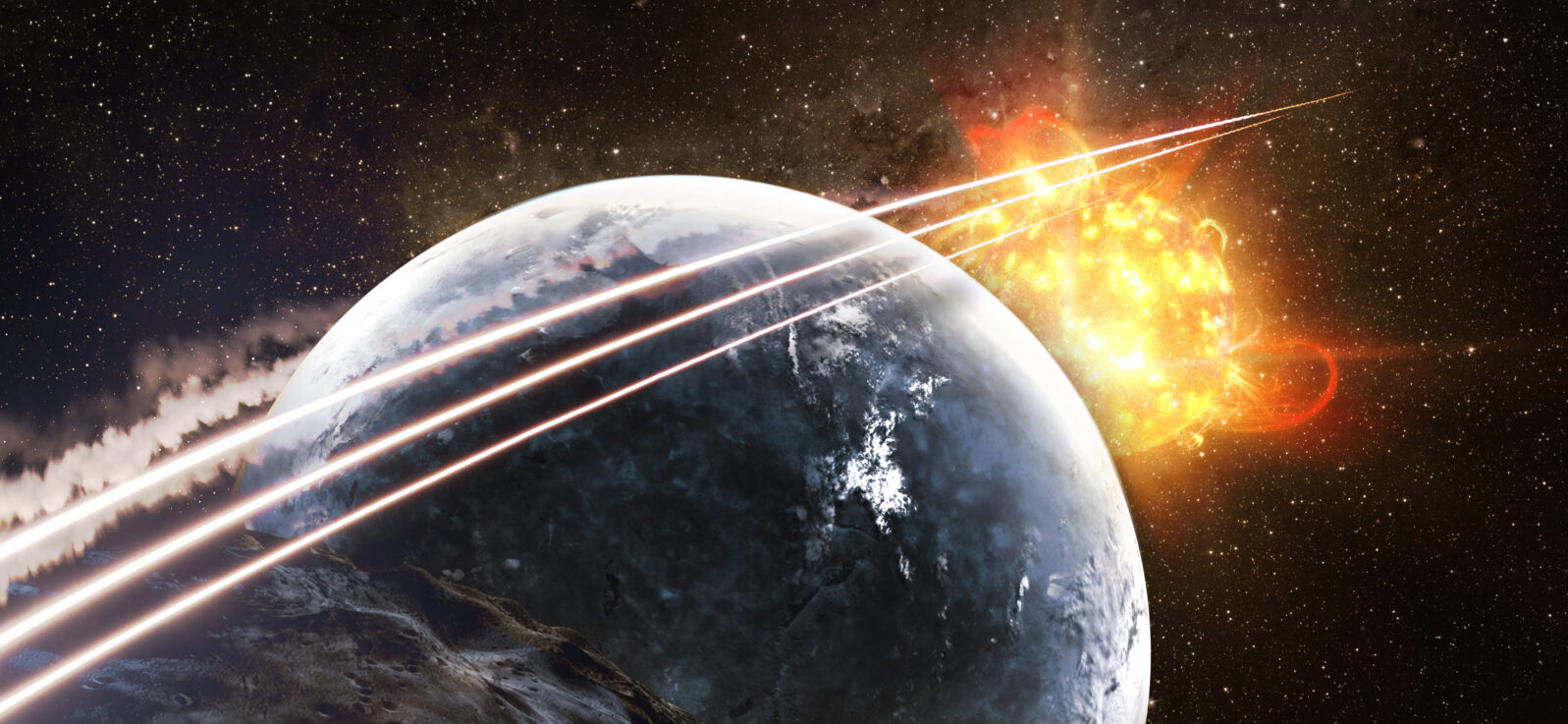Have you ever wondered what it would be like to travel at the speed of light? In a fascinating video titled “What would we see at the speed of light?” by Science Click, various optical effects and phenomena are explored as we approach and potentially exceed the cosmic speed limit. Let’s delve into the intriguing insights presented in the video.

Acceleration and Optical Effects: As we embark on a spaceship accelerating away from Earth, the stars in front of us gradually appear to move away, and the sky contracts. This phenomenon, known as the aberration of light, is similar to raindrops appearing to fall from the front of a car in motion. Additionally, the intensity of light from stars increases in front of us, while behind us, the sky seems to widen and darken.

Terrell Penrose Rotation: At high speeds, objects in our path seem to be slightly angled in our direction. This effect, termed Terrell Penrose rotation, distorts the image of the sky around us. Objects appear contracted and perspective is significantly distorted.
Time Dilation and Length Contraction: As we approach the speed of light, real physical effects come into play. Special relativity introduces time dilation, where our clocks measure a different time compared to Earth. We age less than the Earthlings due to our differing trajectories in space-time. Another consequence is length contraction, where the length of the universe appears to be contracted along our direction of motion.

The Doppler Effect: Looking back at Earth from our accelerating spaceship, the Doppler effect comes into play. As we move away, Earth’s light takes longer to reach us, resulting in a slow-motion view of people on Earth. Clocks on Earth appear to tick slower, and the light from the planet shifts towards the red end of the spectrum. Conversely, as we catch up with light and the stars, they appear brighter and shift towards the blue end of the spectrum.
The Speed of Light as an Absolute Limit: Despite constant acceleration, it is impossible to reach or exceed the speed of light. Light always escapes at the same speed, and our perspective remains motionless, even if it appears otherwise from Earth. At almost light speed, optical effects intensify, with light rays appearing to come from the front, while those behind us can never catch up.

The Possibility of Warp Drive: While exceeding the speed of light through space is impossible, there is speculation about circumventing this limitation using a concept called warp drive. By propelling a bubble of space-time faster than light, the ship would remain stationary while the fabric of space moves. This idea, however, currently requires massive amounts of negative mass, which is not known to exist in our universe.

Exploring the visual phenomena at the speed of light provides us with a captivating glimpse into the complexities of special and general relativity. Although we cannot surpass the speed of light through conventional means, the video sparks our imagination about the possibilities of warp drive and the dynamic nature of space-time. The mysteries of our universe continue to inspire scientists and enthusiasts alike, as we strive to unravel its secrets